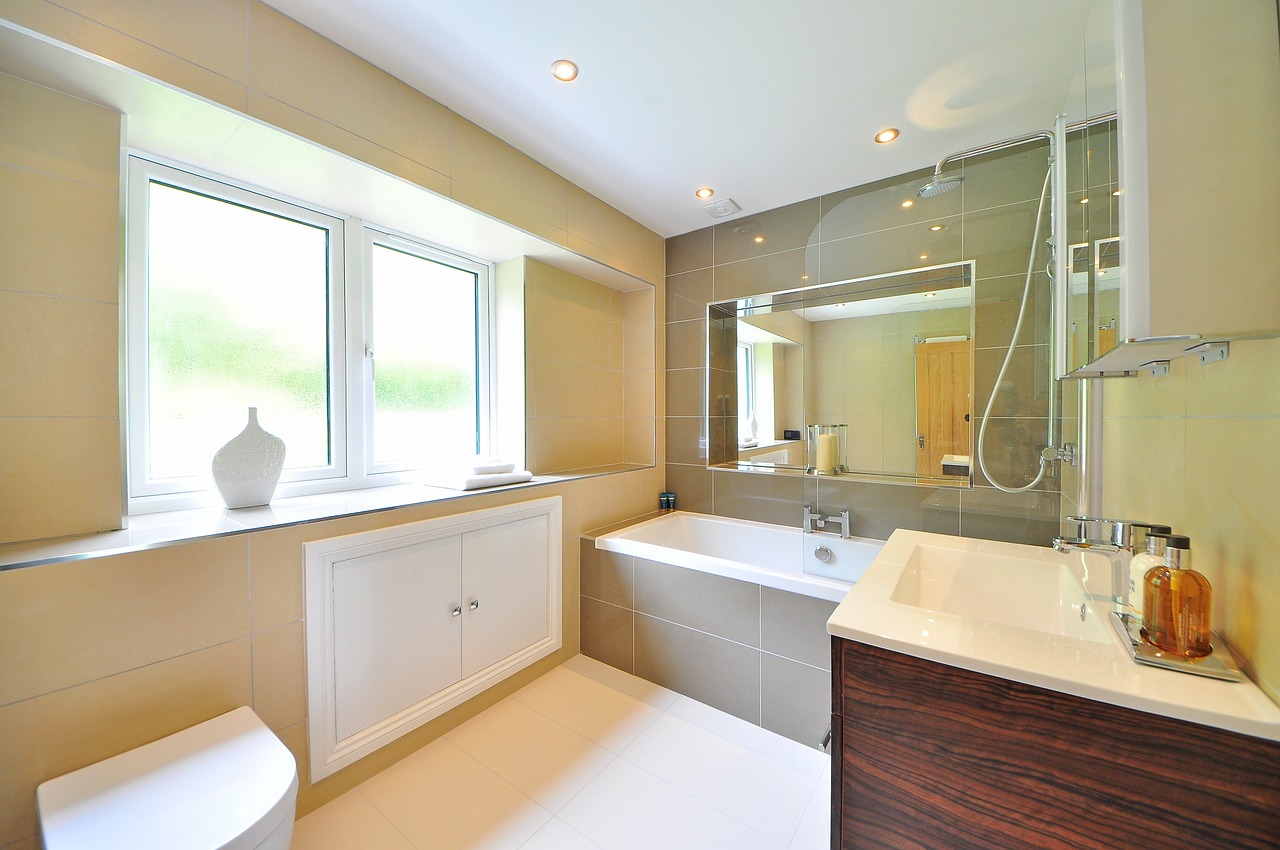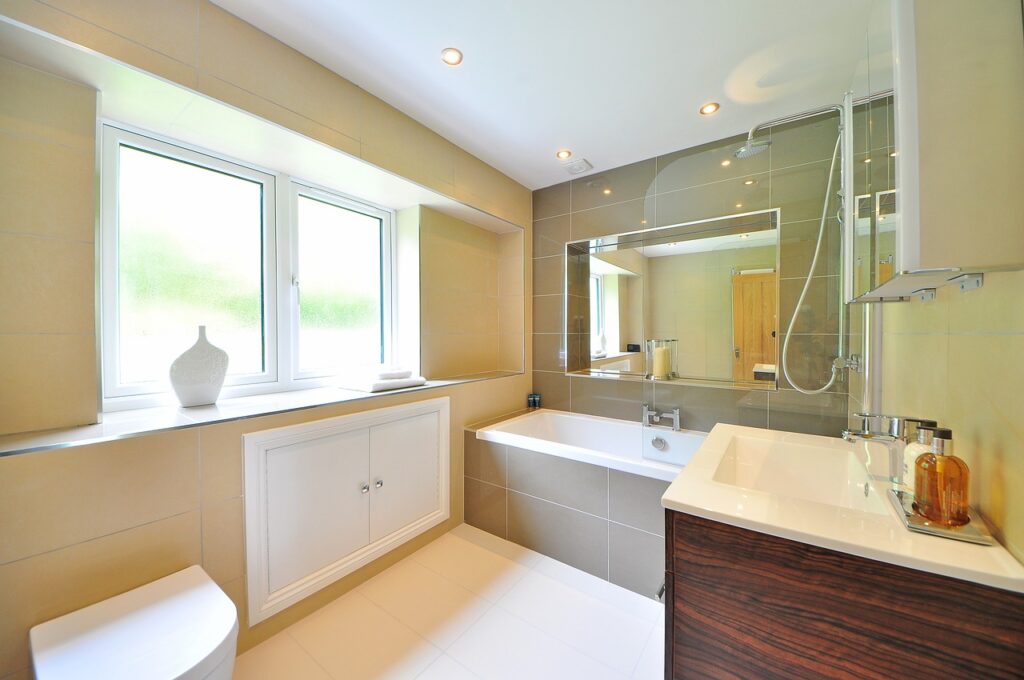
Introduction to Bathroom Sink Clogging Issues
As a homeowner, encountering a clogged bathroom sink can be a frustrating and inconvenient experience. The accumulation of debris, soap scum, hair, and other particles often leads to the blockage of the sink’s drain, causing slow water drainage or even complete stoppage. Understanding the common causes of clogged bathroom sink is crucial to effectively addressing and preventing this issue. By gaining insight into these reasons, you can equip yourself with the knowledge needed to tackle the problem efficiently and restore the functionality of your sink.
One of the primary culprits behind bathroom sink clogs is the accumulation of hair and soap residue. Over time, as these substances go down the drain, they can create stubborn blockages, hindering the flow of water. Additionally, the buildup of toothpaste, shaving cream, and other grooming products can contribute to the clogging of the sink. Furthermore, the presence of mineral deposits and hard water can lead to sediment buildup within the pipes, exacerbating the clogging issue. By recognizing these common causes, homeowners can take proactive measures to address and prevent clogs, ensuring the smooth operation of their bathroom sinks.
Another factor that can contribute to bathroom sink clogs is the improper disposal of foreign objects. Items such as cotton swabs, dental floss, and small pieces of plastic can easily get trapped in the drain, leading to blockages. Additionally, the accumulation of small food particles or grease, especially if the sink is used for washing dishes, can also lead to drain obstructions. By being mindful of what goes down the sink and taking steps to prevent the introduction of foreign materials, homeowners can significantly reduce the risk of clogs and maintain the optimal functionality of their bathroom sink.
Understanding the Reasons for a Clogged Bathroom Sink
To effectively address bathroom sink clogs, it is essential to have a comprehensive understanding of the reasons behind this common household issue. By recognizing the factors that contribute to clogs, homeowners can take proactive measures to prevent blockages and effectively address existing ones. One of the primary causes of bathroom sink clogs is the accumulation of hair and soap residue within the drain. As these substances make their way down the sink, they can create stubborn blockages, impeding the smooth flow of water.
In addition to hair and soap residue, the presence of mineral deposits and hard water can exacerbate clogging issues in bathroom sinks. Over time, these deposits can accumulate within the pipes, leading to sediment buildup that restricts water flow. Additionally, the improper disposal of foreign objects, such as cotton swabs, dental floss, and small pieces of plastic, can contribute to drain obstructions. The accumulation of food particles and grease, particularly in sinks used for dishwashing, can also lead to clogs, further complicating the situation.
By gaining insight into these common causes of bathroom sink clogs, homeowners can adopt preventive measures to mitigate the risk of blockages. Regular maintenance, such as using drain covers to catch hair and debris, can help prevent the buildup of clogging materials. Furthermore, being mindful of what goes down the sink and avoiding the improper disposal of foreign objects can contribute to maintaining clear and functional drains. By understanding the reasons for clogged bathroom sinks, homeowners can proactively address the issue and implement effective preventive strategies.
Tools and Materials Needed to Unclog a Bathroom Sink
When faced with a clogged bathroom sink, having the right tools and materials at hand is essential for effectively addressing the issue. By gathering the necessary equipment, homeowners can tackle the clog efficiently and restore the optimal functionality of their sink. Several tools and materials are commonly used in the unclogging process, each serving a specific purpose in clearing the drain and promoting smooth water flow.
One of the primary tools needed to unclog a bathroom sink is a plunger. A sink plunger, also known as a cup plunger, is designed to create a strong seal over the drain opening, allowing for the application of pressure to dislodge the clog. Additionally, a sink auger, commonly referred to as a snake, is a flexible tool that can reach deep into the drain to break up and remove obstructions. Furthermore, basic household items such as baking soda and vinegar can be used to create a natural, non-toxic solution for unclogging the sink. Additionally, in cases where the sink is equipped with a garbage disposal, specific techniques and tools may be required to address clogs effectively.
In addition to these tools, protective gear such as gloves and safety goggles can be essential when working on unclogging a bathroom sink. These items can protect homeowners from coming into direct contact with potentially unsanitary materials and prevent any splashing or debris from causing harm. By ensuring that they have the necessary tools and materials on hand, homeowners can approach the unclogging process with confidence, knowing that they are equipped to tackle the issue effectively.
Method 1: How to Unclog a Bathroom Sink Using a Plunger
When faced with a clogged bathroom sink, using a plunger can be an effective and straightforward method for clearing the drain and restoring smooth water flow. To begin, ensure that the sink is partially filled with water to create a seal around the plunger. Position the plunger over the drain opening and apply firm, rhythmic pressure to create a suction effect. This action helps dislodge the clog and allows water to flow freely through the drain.
If the clog persists, repeat the plunging process several times, adjusting the intensity and angle of pressure as needed. Once the clog is dislodged, run hot water through the sink to flush out any remaining debris and ensure that the drain is clear. By employing this method, homeowners can effectively address minor to moderate clogs in their bathroom sinks, restoring optimal functionality without the need for harsh chemicals or professional intervention.
Method 2: How to Unclog a Bathroom Sink Using a Snake
Another effective method for unclogging a bathroom sink involves the use of a snake, also known as a sink auger. To begin, feed the snake into the drain, rotating the handle as needed to navigate through the pipes and reach the clog. Once the snake encounters resistance, continue rotating and applying gentle pressure to break up the obstruction. As the snake is maneuvered through the drain, it effectively dislodges the clog, allowing water to flow freely once again.
After using the snake, run hot water through the sink to flush out any remaining debris and ensure that the drain is clear. This method is particularly effective for addressing more stubborn clogs that may not be easily dislodged with a plunger. By utilizing a snake, homeowners can effectively tackle persistent clogs in their bathroom sinks and restore optimal drainage without the need for professional assistance.
Method 3: How to Unclog a Sink Drain with Baking Soda and Vinegar
For homeowners seeking a natural and non-toxic approach to unclogging a bathroom sink, the combination of baking soda and vinegar can be highly effective. To begin, pour half a cup of baking soda down the drain, followed by a cup of vinegar. The mixture will create a bubbling reaction that helps break up the clog and clear the drain. Allow the solution to sit in the drain for about 30 minutes to ensure that it effectively dissolves the obstruction.
After the waiting period, flush the drain with hot water to remove any remaining debris and ensure that the clog is fully cleared. This method offers a chemical-free alternative for addressing bathroom sink clogs, making it an attractive option for homeowners who prefer natural solutions for household maintenance.
Method 4: How to Unclog a Sink with a Garbage Disposal
In cases where a bathroom sink is equipped with a garbage disposal, specific techniques may be required to address clogs effectively. Begin by turning off the garbage disposal to ensure safety during the unclogging process. Next, use a sink plunger to create a strong seal over the drain opening, applying firm pressure to dislodge the clog. If the clog persists, you may need to manually remove the trap or use a snake to reach the obstruction and clear the drain.
After addressing the clog, run hot water through the sink to flush out any remaining debris and ensure that the garbage disposal is functioning properly. By following these specific techniques, homeowners can effectively unclog sinks with garbage disposals, restoring optimal functionality and preventing further issues.
How to Prevent Bathroom Sink Clogs in the Future
In addition to addressing existing clogs, taking proactive measures to prevent future blockages is essential for maintaining a clog-free bathroom sink. One effective preventive measure is the use of drain covers to catch hair and debris before they can enter the drain and contribute to clogs. Regularly cleaning the drain stopper and removing any accumulated hair and residue can also help prevent blockages from forming.
Furthermore, implementing routine maintenance practices, such as pouring hot water down the drain to dissolve grease and soap residue, can aid in preventing the buildup of clogging materials. Avoiding the improper disposal of foreign objects and being mindful of what goes down the sink can also contribute to maintaining clear and functional drains. By adopting these preventive measures, homeowners can reduce the risk of bathroom sink clogs and ensure the smooth operation of their sinks.
How to Unclog a Kitchen Sink with Standing Water: A Bonus Guide
In addition to addressing bathroom sink clogs, homeowners may encounter similar issues in their kitchen sinks, particularly when dealing with standing water. To effectively unclog a kitchen sink with standing water, begin by using a sink plunger to create a strong seal over the drain opening and apply firm, rhythmic pressure to dislodge the clog. If the standing water persists, employ the use of a snake to reach the obstruction and clear the drain.
For more stubborn clogs, a combination of baking soda and vinegar can be used to naturally break up the obstruction and restore optimal drainage. By following these techniques, homeowners can effectively address clogs in their kitchen sinks, ensuring smooth water flow and a functional sink.
Conclusion: Maintaining a Clog-Free Bathroom Sink
In conclusion, a clogged bathroom sink can present a significant inconvenience for homeowners, impacting the functionality of the sink and disrupting daily routines. By understanding the common causes of clogs and the methods for addressing them, homeowners can effectively tackle this issue and restore the optimal operation of their sinks. Whether using a plunger, snake, natural solutions, or specific techniques for sinks with garbage disposals, there are various approaches to unclogging a bathroom sink efficiently.
Furthermore, taking proactive measures to prevent future clogs, such as using drain covers and implementing routine maintenance practices, can contribute to maintaining a clog-free bathroom sink. By adopting these preventive measures and addressing clogs promptly, homeowners can ensure the smooth operation of their sinks and minimize the inconvenience of clogging issues.
As homeowners navigate the process of unclogging their bathroom sinks, it is essential to have the necessary tools and materials on hand to address the issue effectively. By equipping themselves with the knowledge and resources needed to tackle clogs, homeowners can approach this common household issue with confidence and restore the optimal functionality of their sinks.
For homeowners seeking comprehensive solutions for their bathroom remodeling needs, including sink upgrades and repairs, consider exploring the range of options available through our full bathroom remodeling services. With financing available and free consultations, you can take the next steps toward creating a functional and aesthetically pleasing bathroom space that meets your specific needs and preferences.Full Bathroom Remodeling with Financing Available & Free Consultation
